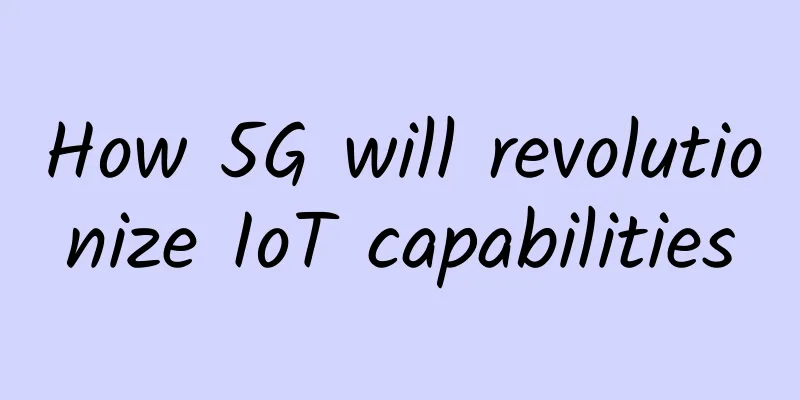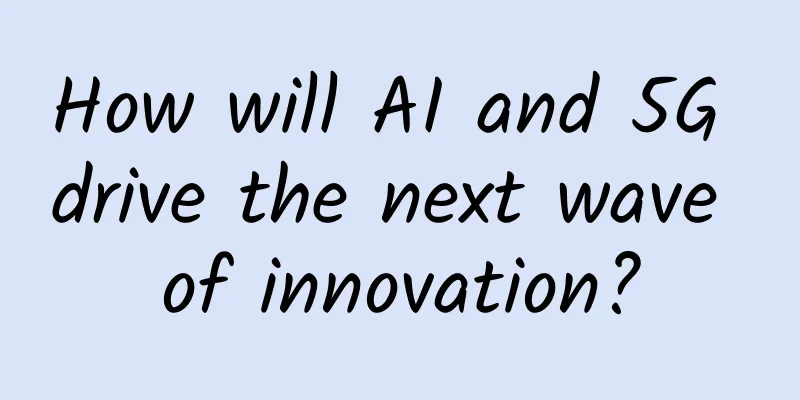Huawei launches Global Industry Vision 2025: Uncovering the industrial landscape of the intelligent world

|
Huawei recently released its Global Industry Vision 2025. GIV2025 is based on Huawei's own business advantages and judgment of the industry, and has built its own scientific research method: by covering historical data from more than 170 countries, from the three dimensions of all-perception, all-interconnection, and all-intelligence, including 37 indicators such as the amount of big data generated, the adoption rate of enterprise AI, and the number of personal smart terminals, it opens up the global ICT industry trends and future development blueprint in the form of data + trends. According to GIV2025, with the upgrade of all-perceiving and all-interconnected things, everything will be brought into the world of all-intelligent things. By 2025, the number of personal intelligent terminals will reach 40 billion, the total number of global connections will reach 100 billion, and a digital economy of 23 trillion US dollars will be created. Xu Wenwei, Huawei's director and president of strategic marketing, said: "Huawei released the GIV Global Industry Outlook for the first time, with a future-oriented approach and a vision based on data and predictions. We hope to open up the industry landscape in the intelligent world driven by ICT, build a basic bridge for the diversified ICT industry ecosystem to enter the intelligent world, and work with global partners to build a fully connected intelligent world."
GIV 2025 proposes three major prospects: Outlook 1: Intelligent perception awakens everything and brings everything into the intelligent world GIV2025 points out that the first step into the digital world is the upgrade of all-perceiving and all-interconnecting. It is estimated that by 2025, the number of personal smart terminals will reach 40 billion, and the total number of global connections will reach 100 billion. These 100 billion will move from the consumer Internet to the industrial Internet. The data torrent brought by the perception of all things will be deeply integrated with various industries, forming emerging industries such as the industrial Internet of Things and the Internet of Vehicles. In addition, connection upgrades will also bring about a large traffic growth model with big video as the main data source; by 2025, the market space for "cloud VR" will reach US$292 billion. In the future, smart terminals and smart robots will upgrade from tools to assistants. In 2025, the penetration rate of smart assistants will reach 90%, and 12% of households will become users of smart service robots. With the assistance of guide robots, 39 million blind people and 246 million people with low vision around the world will be able to integrate into our world normally. Outlook 2: “+Intelligence” will give birth to new business species and help the industry achieve leapfrog development GIV 2025 points out that the "+" intelligent platform, which uses high-speed connections as the transmission system, IOT as the neural perception system, and AI deployed on the cloud as the central brain, will help achieve leapfrog development in all walks of life through intelligent analysis, decision-making and auxiliary actions. By 2025, the number of vehicles connected to the 5G network will exceed 60 million, and 100% of new cars will be connected to the network, realizing "transportation + intelligence". In addition, through "manufacturing + intelligence", the integration of ICT and OT will be accelerated, forming a benign interaction between the innovation chain, industrial chain, value chain and industrial ecosystem. Through "city + intelligence", urban planners will open up new ways of sustainable development in security governance, traffic planning and other aspects, so that citizens can enjoy the safety, convenience and happiness brought by digital livelihood. Outlook 3: Mass innovation to tap into the 23 trillion digital economy Huawei predicts that the digital economy will reach a market space of 23 trillion US dollars in the future, and the value brought by "+" intelligence will benefit all industries such as manufacturing, services, and transportation. In future development, the innovative achievements of the digital world will penetrate into every cell of society, constantly refresh the industrial form, give birth to intelligent industries, break the inherent development trajectory, achieve "leapfrog evolution", and help mass innovation. |
Recommend
In the post-epidemic era, what is the effect of 5G infrastructure investment?
[[378112]] Looking back at 2020, "5G" m...
The future development trend of the Internet will transition from HTTP to IPFS
We know that IPFS is a new Internet underlying pr...
What is the role of NB-IoT in 5G networks?
Exploring the role of narrowband IoT in 5G networ...
Google withdraws from 2021 MWC World Mobile Communications Conference
The annual MWC World Mobile Communications Confer...
RackNerd: $20.88/year KVM-2GB/40GB/5TB/Los Angeles data center
RackNerd has launched two more FLASH SALE package...
Edge chips could render some networks useless
【51CTO.com Quick Translation】Some scientists say ...
[11.11] UUUVPS special VPS annual payment starts from 128 yuan, Hong Kong/US 9929/4837/CN2 and other options
UUUVPS (SanYou Cloud) is a registered Hong Kong c...
Wi-Fi 6 deployment exceeds 5G, will Wi-Fi 6 become the next generation of wireless network?
In addition to popular devices such as smartphone...
Tribute to hackers | Review of the exploration of memory virtualization
[[415610]] Cloud and virtualization Cloud computi...
RedCap Will 5G spark an IoT gold rush?
A scaled-down version of 5G could spark a surge i...
Why is HTTP 2.0 designed this way?
HTTP 1.0 was released in 1996, laying the foundat...
What are the advantages of using wireless mesh networks in enterprises?
In the traditional wireless network usage environ...
Application of SRv6 Technology in Home Network
1. SRv6 Concept Segment Routing (SR) is a source ...
Secada releases the latest 2017 global Chinese PC antivirus software detection and killing capability evaluation report
Recently, the internationally renowned third-part...
Simplifying enterprise operations and maintenance: the right network automation strategy is key
[51CTO.com original article] From the development...









